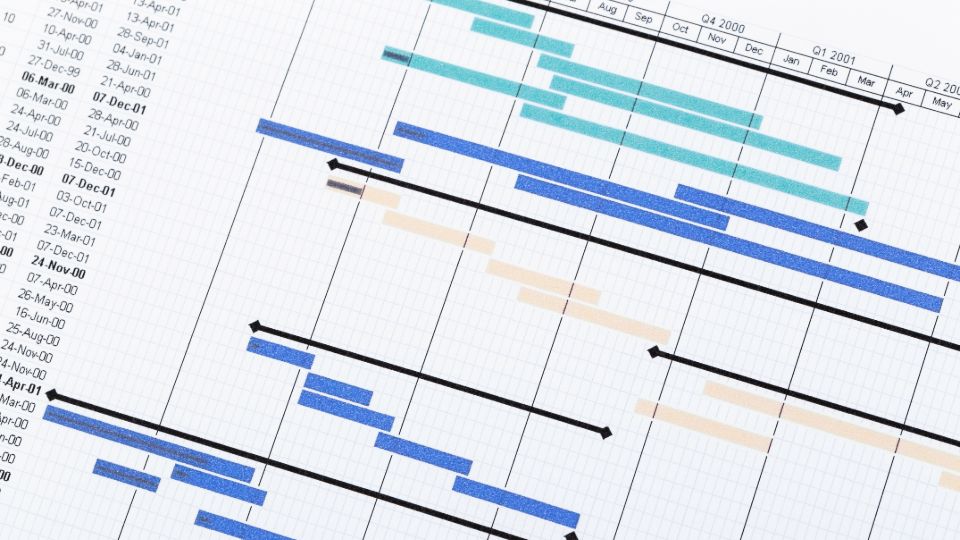What Are the Different Types of Gantt Charts?
Gantt charts are a popular project management tool used to visualize project schedules, track progress, and manage tasks. They provide a clear timeline of project activities, helping teams plan and execute projects efficiently. While the basic structure of a Gantt chart remains consistent, there are different types and variations that cater to specific project management needs.
Different Types of Gantt Charts
- Basic Gantt Chart: The basic Gantt chart is the most common type, featuring a simple timeline with tasks represented as horizontal bars. Each bar spans the duration of the task, showing start and end dates. This type of Gantt chart is ideal for small to medium-sized projects where tasks are straightforward and dependencies are minimal.
- Detailed Gantt Chart: A detailed Gantt chart includes additional information such as task dependencies, milestones, and resource allocation. This type of chart is useful for complex projects where it’s important to understand how tasks are interrelated and how resources are distributed. Detailed Gantt charts help project managers identify potential bottlenecks and optimize resource usage.
- Milestone Gantt Chart: Milestone Gantt charts focus on key project milestones rather than individual tasks. Milestones are significant events or deliverables within a project, such as the completion of a phase or the delivery of a critical component. This type of chart is useful for high-level project tracking and reporting, providing stakeholders with a clear overview of project progress.
- Progress Gantt Chart: Progress Gantt charts include visual indicators of task completion, such as color-coded bars or percentage markers. This type of chart helps project managers and team members quickly assess the status of tasks and identify areas that may require attention. Progress Gantt charts are particularly useful for ongoing monitoring and status reporting.
- Resource-Loaded Gantt Chart: Resource-loaded Gantt charts incorporate resource allocation data, showing which team members or resources are assigned to each task. This type of chart helps project managers balance workloads, avoid over-allocation, and ensure that resources are used efficiently. Resource-loaded Gantt charts are essential for projects with limited resources or tight deadlines.
Why Choose Vabro for Gantt Chart Management?
Vabro offers a comprehensive project management platform that includes advanced Gantt chart functionalities. With Vabro, teams can create and customize Gantt charts to fit their specific project needs, whether it’s a basic timeline or a detailed resource-loaded chart. Vabro’s intuitive interface and robust features make it easy to visualize project schedules, track progress, and manage tasks effectively. By choosing Vabro, you’re not just selecting a project management tool; you’re investing in a solution that will drive your projects to success.
Conclusion
In conclusion, Gantt charts are a versatile tool for project management, with different types catering to various project needs. Whether you need a basic timeline or a detailed resource-loaded chart, Gantt charts help teams plan, execute, and monitor projects efficiently. Choose Vabro to enhance your Gantt chart management and achieve unparalleled project success.
